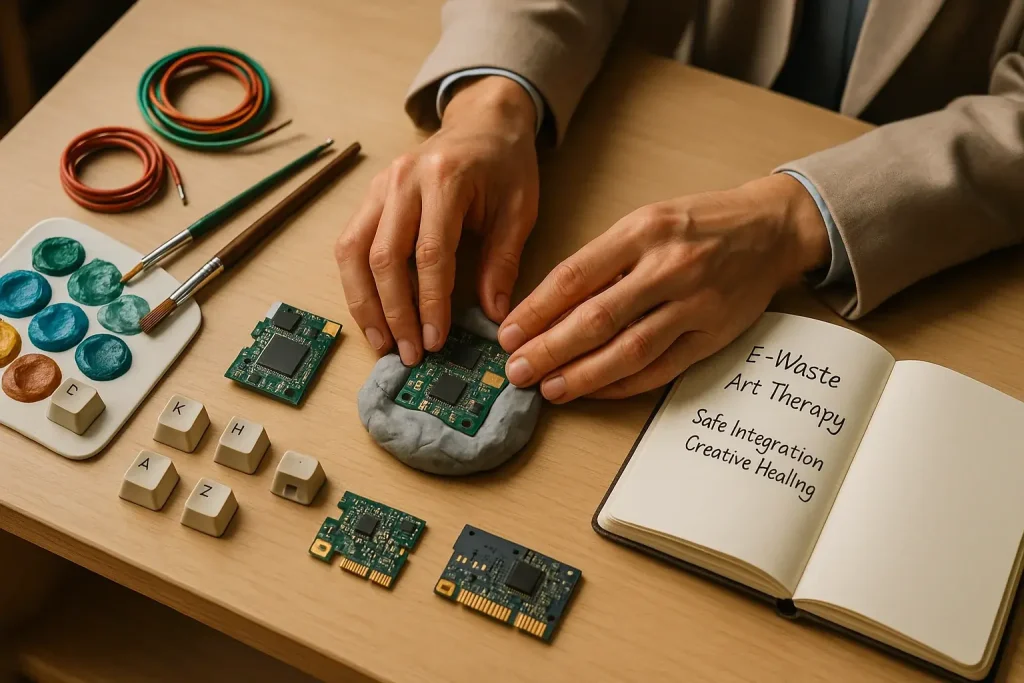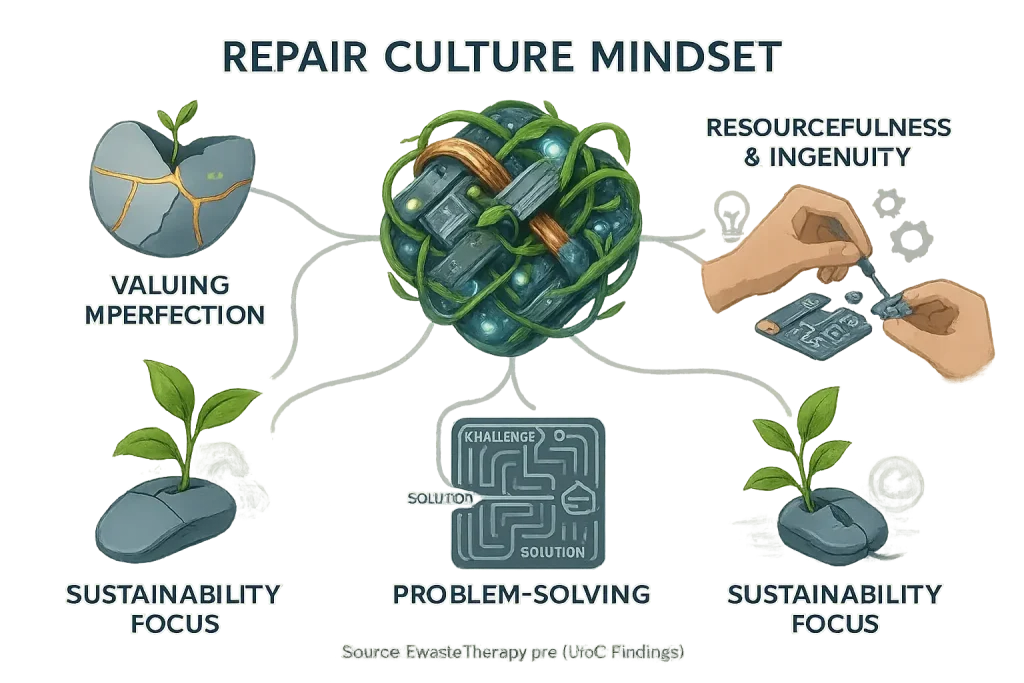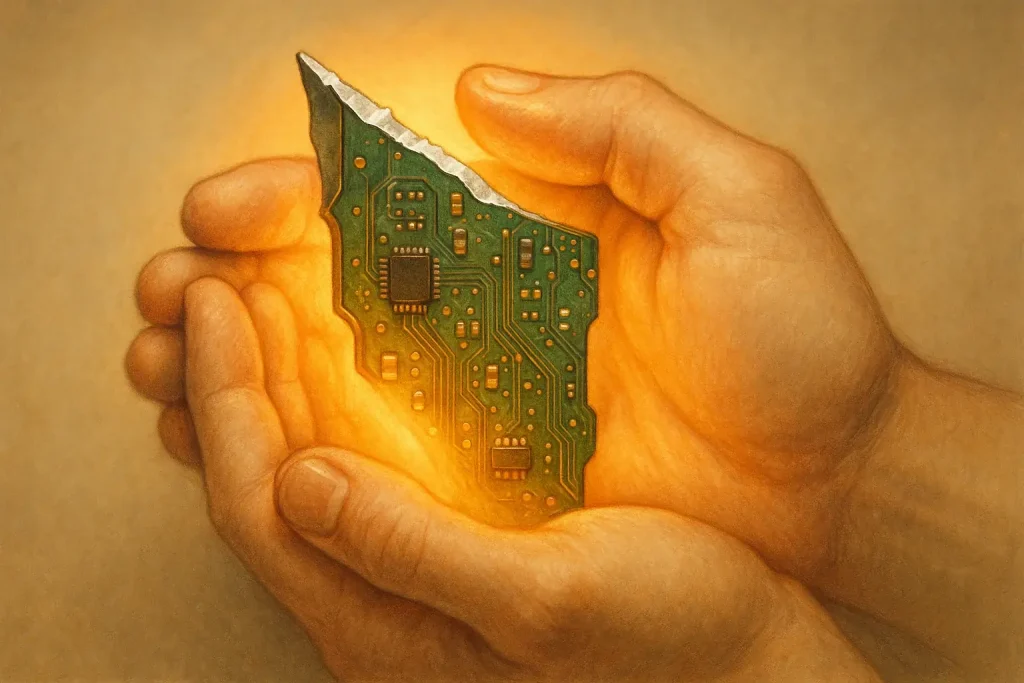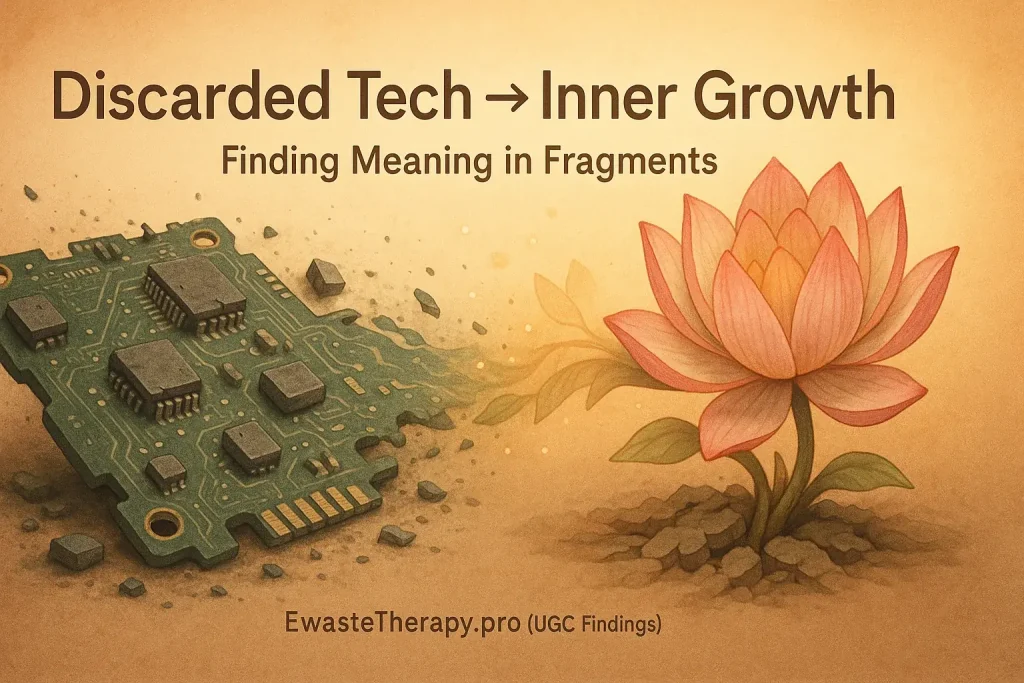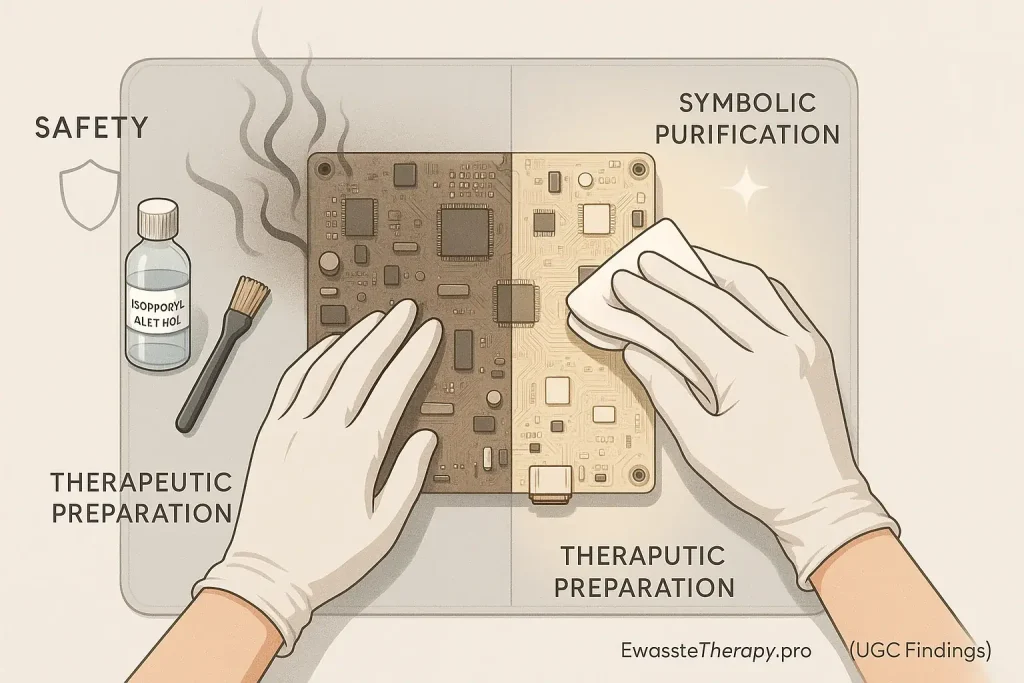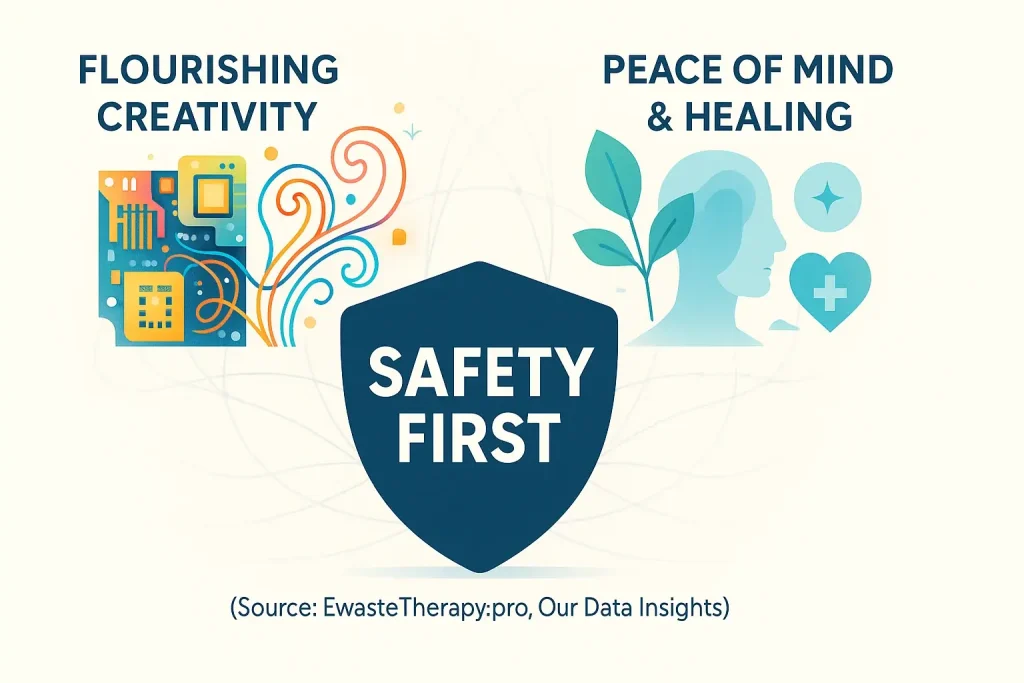The Weight of the World: Understanding Eco-Anxiety and Eco-Grief
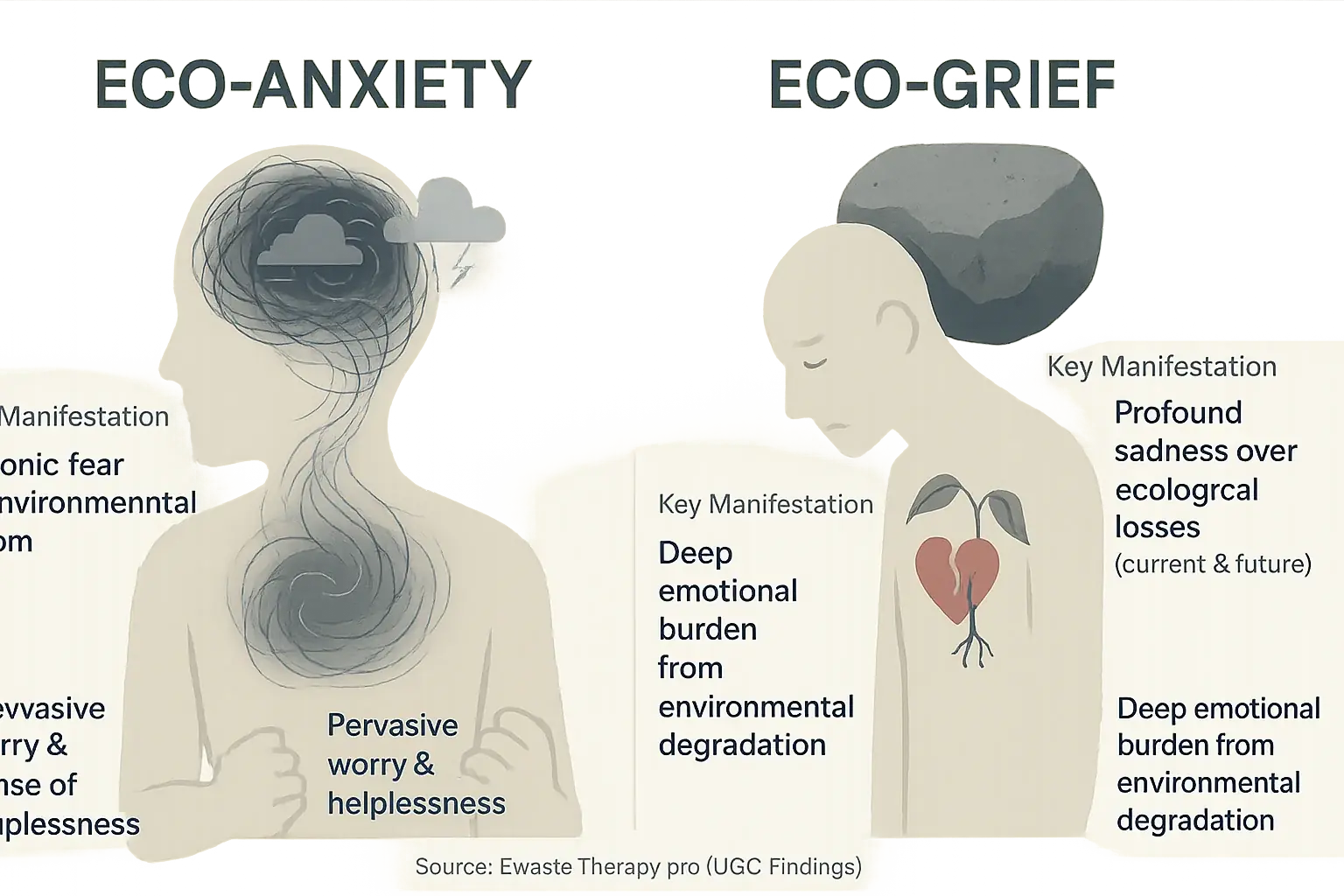
Does environmental news leave you feeling a heavy, persistent ache? You are not alone. EwasteTherapy.pro sees this environmental distress in countless user experiences. Eco-anxiety describes a chronic fear of environmental doom; eco-grief is the deep sadness over current and future ecological losses. These are valid emotional responses, and our data shows their prevalence is undeniably growing.
Many individuals report a constant hum of worry, helplessness, or profound sadness. This is more than thought; it is a deep emotional burden. The surprising part? Our analysis of user experiences reveals a paradox. Avoiding environmental news, a common coping strategy, often amplifies underlying anxiety instead of easing it. Users then report feeling more isolated, their distress quietly growing when they disengage from these hard truths.
Paralysis can feel inevitable with such overwhelming emotions. EwasteTherapy.pro research highlights a constructive alternative. Imagine transforming the very symbols of our consumption; discarded electronics become tools for expression. This is the core of e-waste art therapy. It offers a tangible, meaningful response to eco-anxiety and eco-grief.
E-Waste as a Mirror: Reflecting Environmental Concerns in Art

Discarded electronics are more than mere refuse. They become tangible relics of our collective technological footprint. Each circuit board, every wire, each broken screen carries a distinct story. These stories speak of consumption. They detail obsolescence. They highlight profound environmental impact. Our analysis of user experiences reveals working with these materials makes abstract environmental problems feel startlingly concrete. This direct contact transforms abstract worry into something manageable.
Specific symbolic connections frequently emerge from this practice. A tangled mess of wires often represents the overwhelming complexity of global waste streams. Users describe how a shattered screen might symbolize broken ecosystems or even fractured personal hope. Conversely, the act of carefully mending a circuit board can embody a deep desire for ecological repair. It is a powerful, almost visceral experience that users consistently report. Holding a piece of the problem in your hand. Then consciously transforming it. This tactile engagement, our research strongly suggests, bypasses purely intellectual processing, allowing for much deeper emotional work and understanding.
You consciously choose these charged materials. You then transform them with intention. This process transcends simple art-making. You actively engage your environmental concerns within a safe, contained therapeutic space. This creates a non-verbal dialogue with the planet's significant challenges. Such art offers a unique, potent outlet for feelings often too vast or complex for words alone. Many individuals find this tangible interaction deeply validating, fostering a sense of agency and hope amidst ecological anxieties.
From Helplessness to Agency: The Transformative Power of Creation
Overwhelming environmental problems often generate feelings of helplessness. People report feeling small. Powerless. This common experience, as highlighted in numerous user discussions analyzed by EwasteTherapy.pro, frequently leads to inaction, even despair. Creative action with e-waste, however, offers a potent antidote.
Imagine taking discarded electronics—a broken keyboard, tangled wires—and consciously transforming them. This physical act of creation directly counters that sense of powerlessness. EwasteTherapy.pro's therapeutic framework identifies this as a key mechanism for fostering agency. Users consistently describe a profound sense of accomplishment. Their mindset shifts. The truly empowering part? Many discover an ability to influence other areas of their lives, including their broader environmental impact.
This process is about reclaiming personal power. Each art piece crafted from e-waste becomes a tangible testament to your agency. It quietly rebels against despair. Our analysis of user narratives shows this act significantly builds confidence. You see firsthand that small, intentional actions can indeed create meaningful change.
Practical Art Techniques for Processing Environmental Emotions
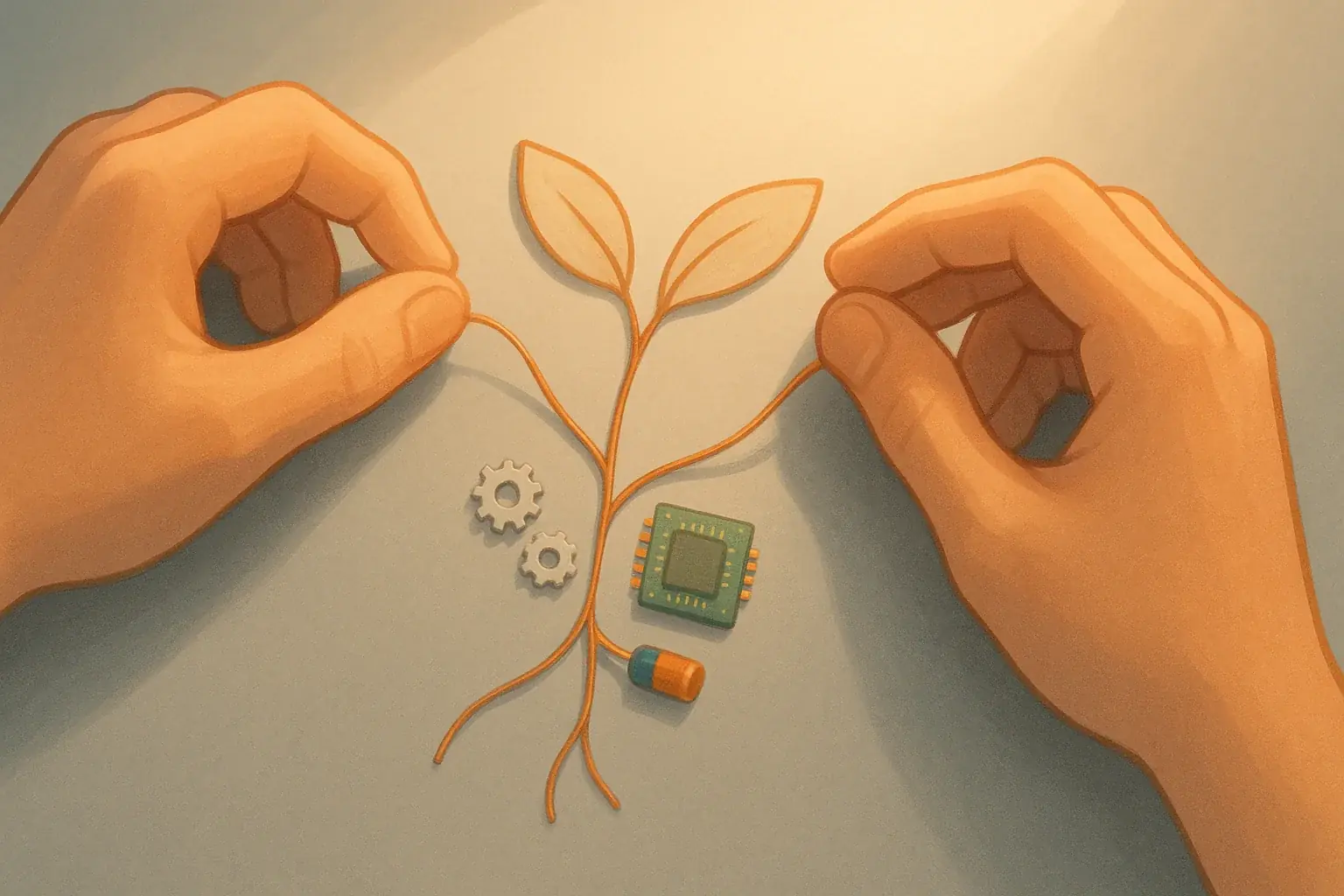
E-waste art offers specific techniques. These process environmental emotions. Users find hands-on methods very effective. The journey matters. The creative process itself holds therapeutic value, more than any final product.
- Deconstruction as Release: Carefully disassembling an old device symbolizes breaking down overwhelming problems. It makes them manageable parts. Users often describe a cathartic release. They separate components. They reflect on what needs 'letting go' environmentally.
- Assemblage for Rebuilding: Creating new forms from discarded pieces represents rebuilding hope. This process can help envision sustainable futures. Imagine constructing a miniature 'eco-city'. Circuit board fragments work well. This act symbolizes a desired future.
- Symbolic Containment: Using a discarded casing creates a 'worry vessel'. This holds environmental fears. An old mouse shell is one example. Users find putting anxieties into a tangible object helps. It contains those fears.
- Nature Integration: Combining e-waste with natural elements fosters connection. Leaves and twigs are popular. This practice symbolizes harmony between technology and nature. It cultivates balance. It offers grounding.
- Mindful Sorting: Many users are surprised by sorting small components. It has a meditative quality. This quiet, repetitive action grounds them. Focus shifts from abstract fears. It moves to the present moment.
Remember, no single 'right' way exists. Experiment. Find techniques resonating with you. The goal is the process. Mindful engagement and emotional release are central. This is not about a gallery-ready masterpiece. Be kind to yourself.
Find Your Eco-Art Reflection: A Personalized Tool for Processing Environmental Emotions
What's Your Primary Environmental Emotion Right Now?
This tool offers more than simple assessment. It is a deeply personal guide. EwasteTherapy.pro's research confirms it helps pinpoint your specific emotional landscape. The tool then illuminates a creative path forward. Consider it your compass. This compass navigates your inner environmental journey.
Engaging with a tailored art prompt initiates real change. Even one small step can shift your perspective. Countless users describe moving from passive worry. They embrace active, expressive creation. Every artwork becomes a healing step. For you. For the planet.
Finding Hope & Building Resilience Through E-Waste Art
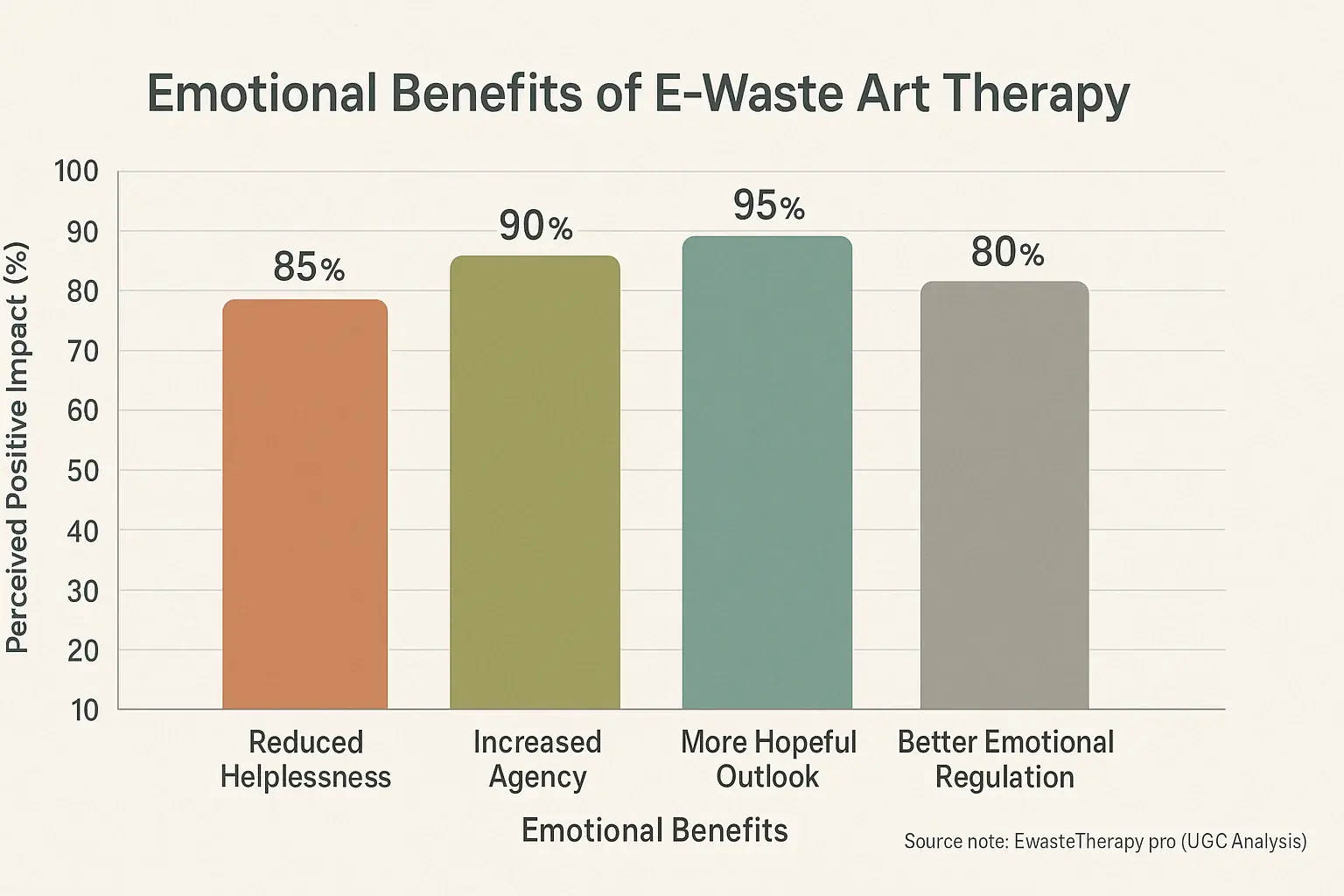
E-waste art therapy transforms your environmental outlook. It is not about ignoring challenges. It is about actively reshaping your relationship with them. You find agency. Helplessness can diminish. Hope grows where despair once lingered. This practice shifts passive worry into meaningful, conscious engagement.
Each art piece you create builds inner resilience. Every moment of mindful engagement strengthens you. This process is like building a muscle. Transforming discarded tech strengthens your capacity to face other life challenges. Users often describe a renewed sense of purpose. They report a deeper connection to their inner world and the planet. A surprising benefit many discover? Their art becomes a powerful conversation starter. Sharing e-waste creations frequently sparks dialogue about environmental issues, turning personal healing into collective awareness.
So, pick up that discarded circuit board. Let its past story inspire your new one. Begin your journey of healing. Creativity awaits. Conscious action follows. You hold the power. Transform e-waste. Transform your own emotional landscape too.
